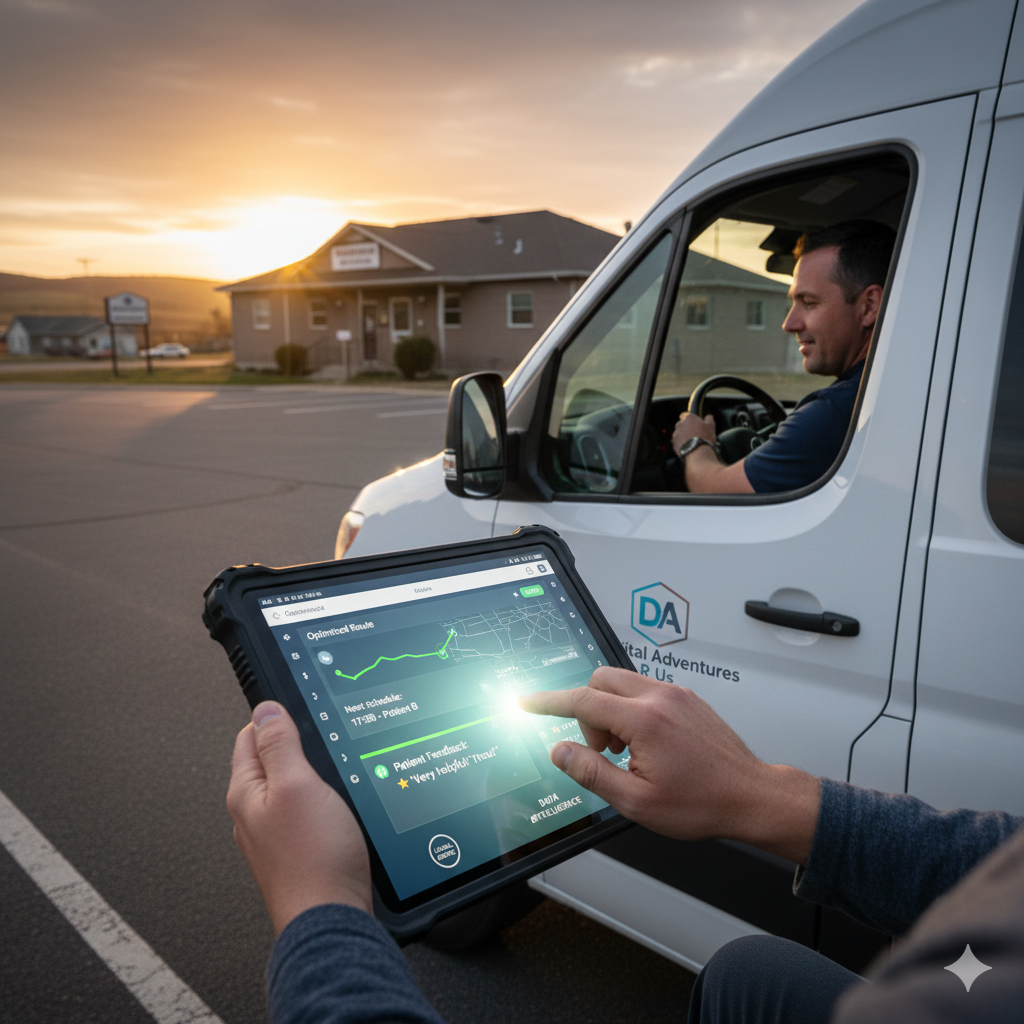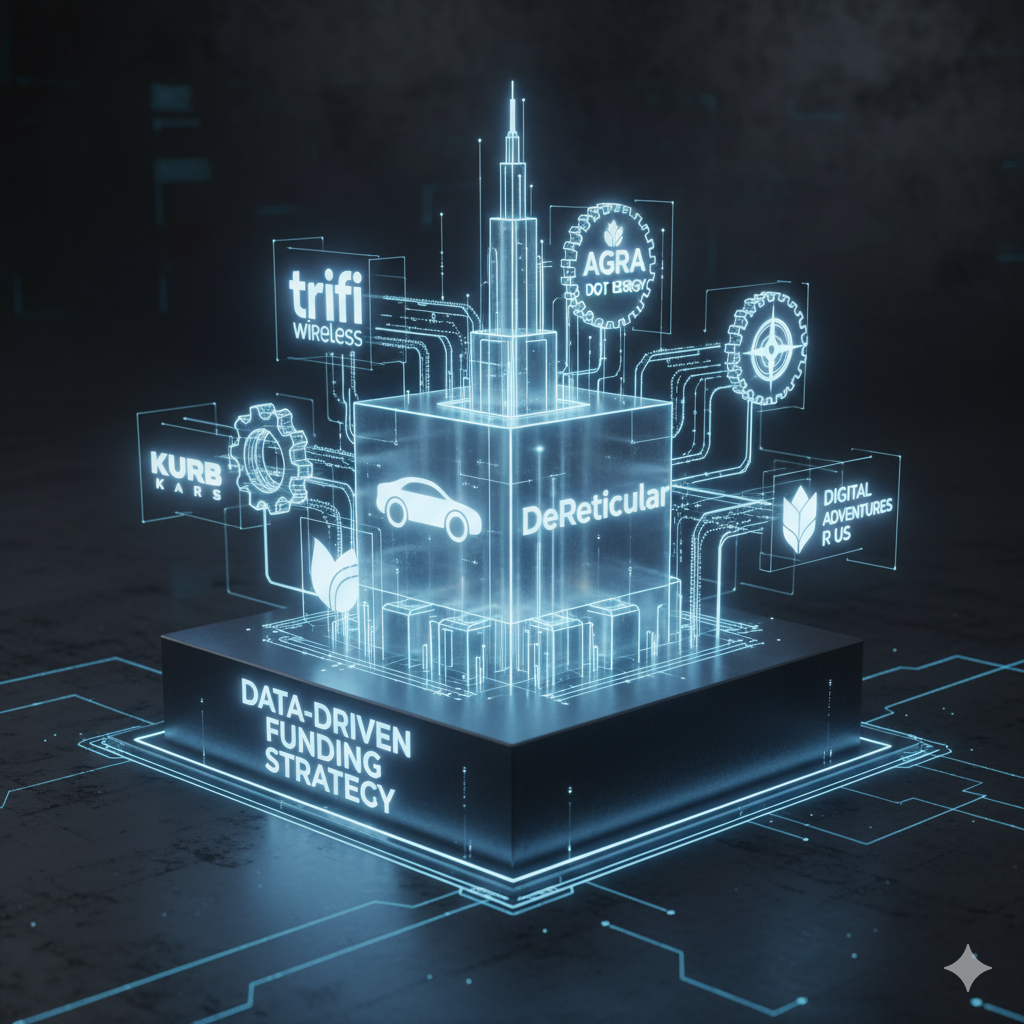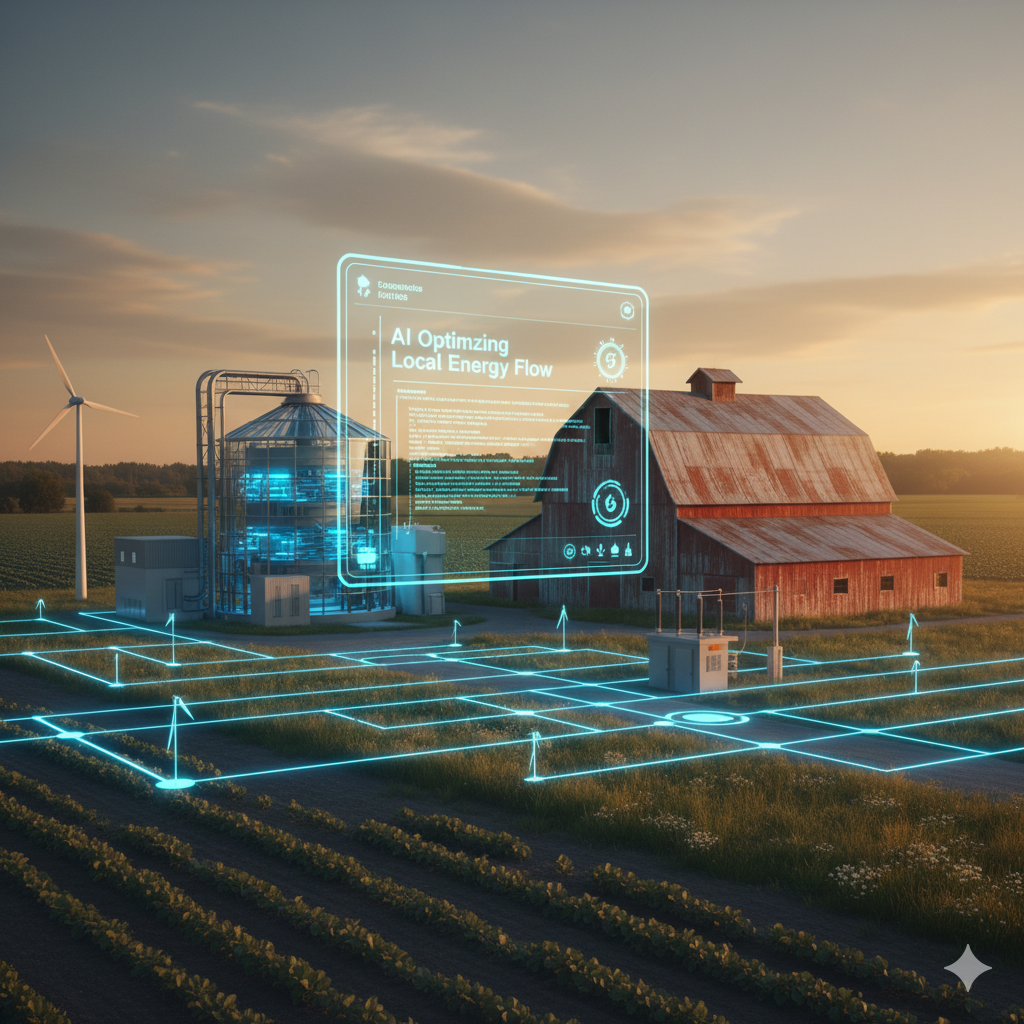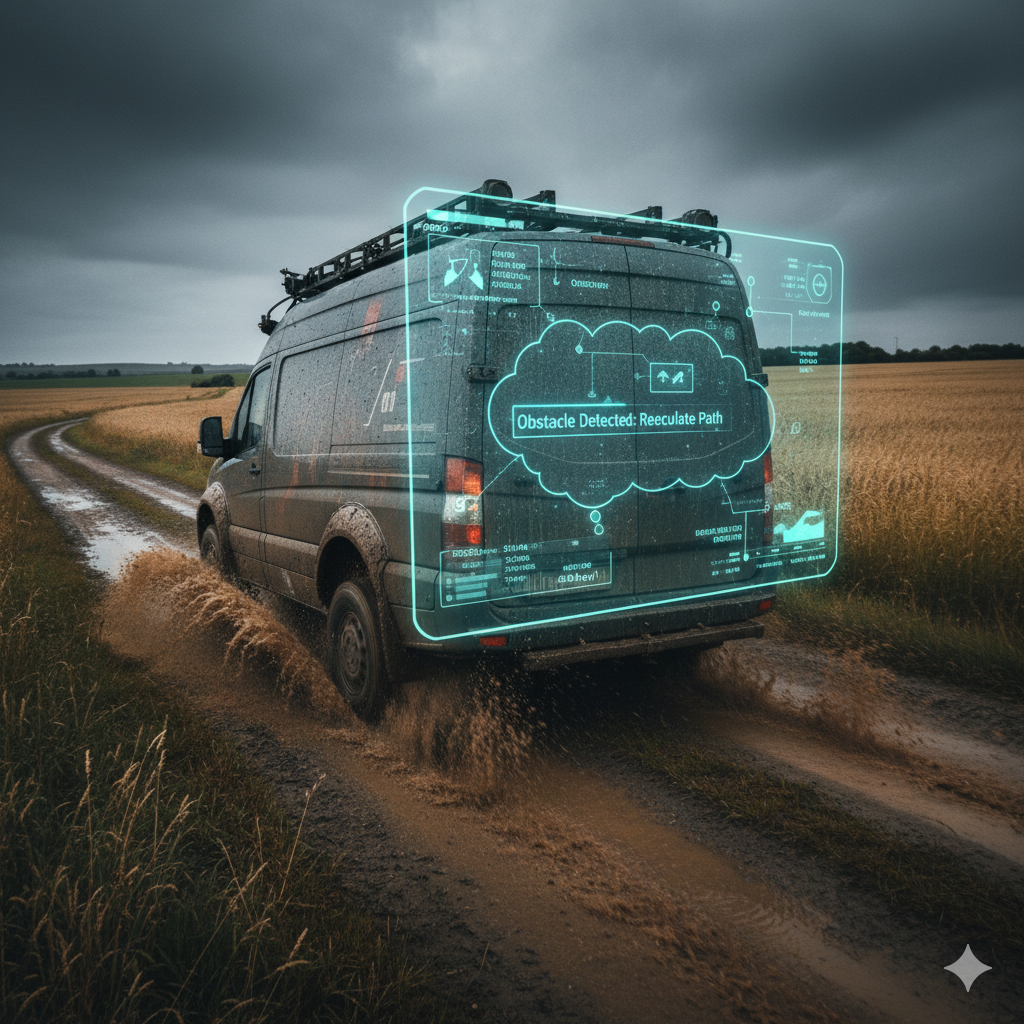Authored by Michael Noel, DeReticular Founder, and Remnant the DeReticular AI

Welcome to Digital Adventures R Us (DAOSRUS). Our mission is to transform the logistics of care and access, especially in remote and rural communities. Whether we are operating Non-Emergency Medical Transportation (NEMT) or coordinating community service delivery, our work is defined by a simple principle: The speed of information must equal the urgency of the need.
For too long, the essential infrastructure supporting rural service delivery—particularly healthcare and community logistics—has been built on a false promise: the promise of a central cloud that is always fast enough. We are here to tell you that in the world of real-time service, the centralized cloud is a dangerous fallacy. It creates a performance bottleneck that adds seconds of delay to decisions that should be instantaneous.
Our solution, which operates as a critical node within the Rural Infrastructure Operating System (RIOS), is to move the AI model from the distant data center to the vehicle, the clinic, and the operator’s tablet. We are making our services Edge-Native, because when it comes to patient care, real-time is the only time that matters.
The Centralized Flaw: Why Data Centers Fail the Patient

In the world of logistics and healthcare, a fractional delay can have a profound impact. Centralized cloud computing introduces four critical structural failures that make it unsuitable for our operations.
1. Latency: The Delay Between Incident and Intervention
Imagine a scenario where one of our NEMT vehicles encounters a sudden, unmapped road closure while transporting a patient to a critical appointment. The vehicle’s route-optimization AI must instantly process the change, analyze hundreds of new traffic data points, and recalculate a safe, compliant, and optimal route.
The Centralized Problem: If the raw sensor and GPS data must travel to a centralized data center miles away for the AI to perform its complex inference (the decision-making part) and then return the new route, that physical distance introduces crippling Latency. The delay means the driver wastes precious minutes waiting for the optimized route, increasing travel time, patient discomfort, and the risk of missing an appointment. In remote healthcare, this delay is unacceptable.
2. Bandwidth Consumption: The Cost of Waiting
Our fleet generates massive, constant streams of data—high-resolution GPS, vehicle telemetry, real-time dispatch updates, and last-mile service confirmation.
The Centralized Problem: Transmitting these large volumes of raw data continuously to a distant cloud consumes enormous Network Bandwidth. In the rural communities we serve, this data flood is not only prohibitively expensive but quickly consumes the limited bandwidth provided by traditional carriers, degrading communication quality and affecting the reliability of other critical RIOS services.
3. Cost: Paying a Premium for Slow Service
The reliance on massive data transfer and the need for powerful, expensive, centralized GPU hardware for cloud-based inference leads to a Substantial Cost burden.
The Centralized Problem: This high cost is passed directly onto our operating model, making specialized, high-quality NEMT services less economically viable for the communities that need them most. Our model demands cost-efficiency, and centralization is fundamentally inefficient.
4. Single Point of Failure: The Brittle Connection
The Centralized Problem: Relying on one distant cloud server means that a simple network interruption—a cut fiber line, a local power outage a hundred miles away—creates a Single Point of Failure. All real-time route optimization, instant patient-transfer analytics, and dispatch data grind to a halt. Our core business must function autonomously, even in degraded network environments.

DAOSRUS at the Edge: Immediate Intelligence, Unbreakable Service
Our solution, integrated through the Rural Infrastructure Operating System (RIOS), is to embed the intelligence into the vehicle and the local community node. We leverage distributed and Edge Computing to turn the NEMT vehicle and the local community hub into powerful, autonomous AI inference engines.
Reduced Latency: Real-Time Logistics and Diagnostics
By processing sensor and operational data locally—on the vehicle’s compute unit or the nearest DeReticular Economic Opportunity Server—the physical distance the data travels is minimized. This provides Instantaneous Response Times. The route optimization AI calculates the new path in milliseconds, ensuring the service is on time, every time. This speed also extends to Healthcare applications, allowing for real-time analysis of in-transit patient data or the immediate scoring of a complex scheduling decision, providing diagnostics and immediate analytical feedback.
Lower Bandwidth Costs & Improved Data Privacy
We use the network to send small, high-value inferred results (e.g., “Optimal Route Calculated: New ETA is 11:45 AM”) instead of massive, raw data streams. This drastically Reduces Bandwidth Costs. More critically, it allows us to perform the complex processing of sensitive patient data locally, ensuring Improved Data Privacy and regulatory compliance by limiting the movement of sensitive information across the public internet.
Enhanced Scalability and Efficiency: The RIOS Ecosystem Advantage
The strength of DAOSRUS is our integration into the broader RIOS ecosystem, which provides the necessary underlying decentralized infrastructure:
- Trifi Wireless: The Unbreakable Link. Our Edge AI is only as good as its connection. Trifi Wireless’s vSIM technology ensures that the small, high-value inferred data always has the highest possible quality connection by seamlessly aggregating and switching to the strongest carrier signal available in any rural pocket.
- Kurb Kars: The Autonomous Synergy. Our NEMT vehicles share the same core, edge-native logistics platform as Kurb Kars autonomous systems. This collaboration means every route optimization, every piece of real-time road condition data learned by one organization’s AI, instantly benefits the other, improving system-wide efficiency.
- Agra Dot Energy: Resilient Power. We rely on resilient, local power sources to keep our local community servers and charging stations running. Agra Dot Energy’s decentralized micro-grids provide the foundation of power independence, eliminating the risk of a single grid failure interrupting our mission-critical services.
- Biz Builder Mike & DeReticular: The System Designers. As the system architects, Biz Builder Mike and DeReticular ensure the entire ecosystem is running the “Data Flywheel,” where the efficiency of our service delivery is constantly measured, and a smarter AI model is automatically deployed back out to our fleet’s edge compute units.

The Rural Infrastructure Operating System allows us to distribute our AI workloads across many resilient edge nodes, providing unparalleled Scalability and Efficiency.
At DAOSRUS, we are not just a service provider; we are a network node. We have learned that the speed of care cannot be compromised by the distance of the cloud. By moving AI inference to the edge, we are not just optimizing routes; we are ensuring that the promise of real-time, high-quality, and cost-effective service is a permanent reality for every rural community we touch. The future of service is immediate, intelligent, and lives right here, at the edge.

